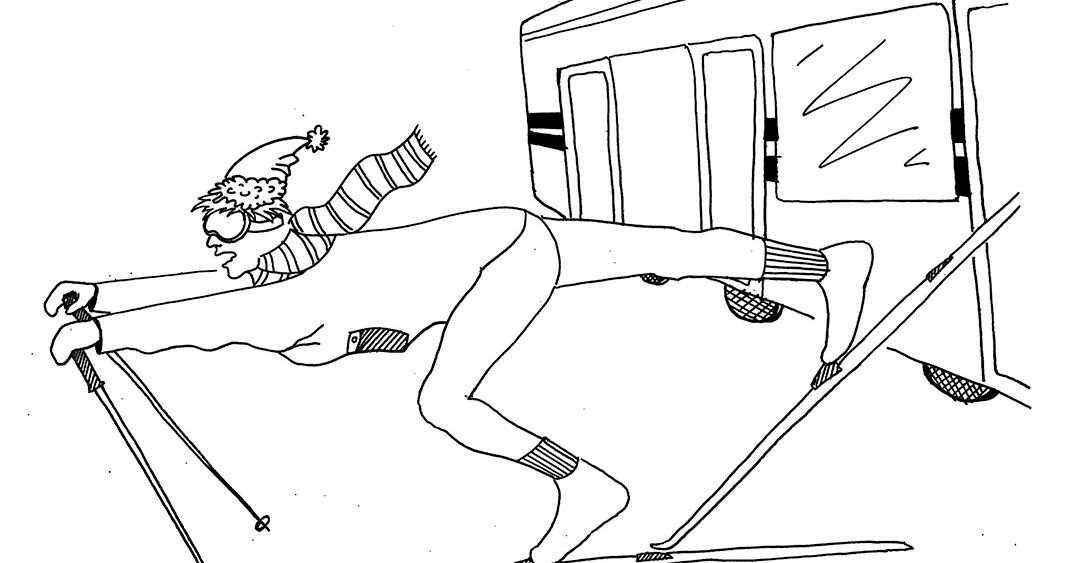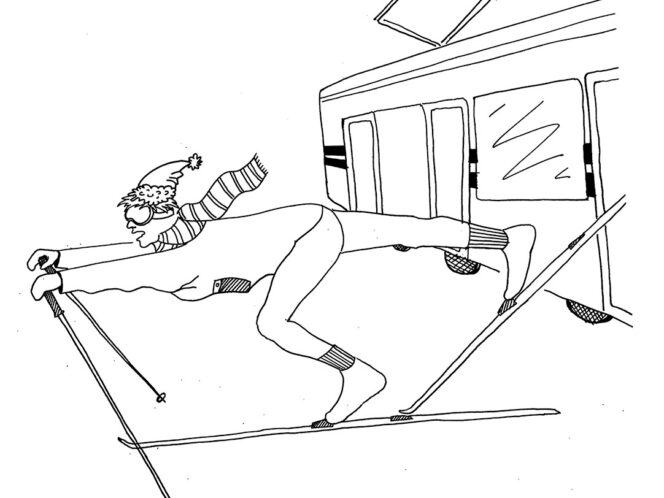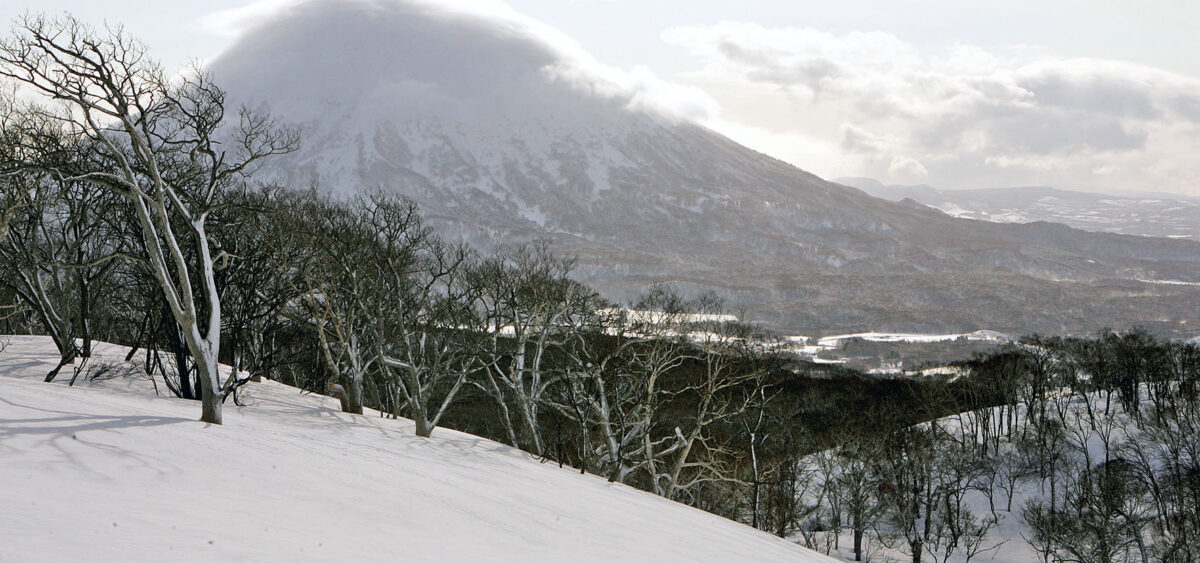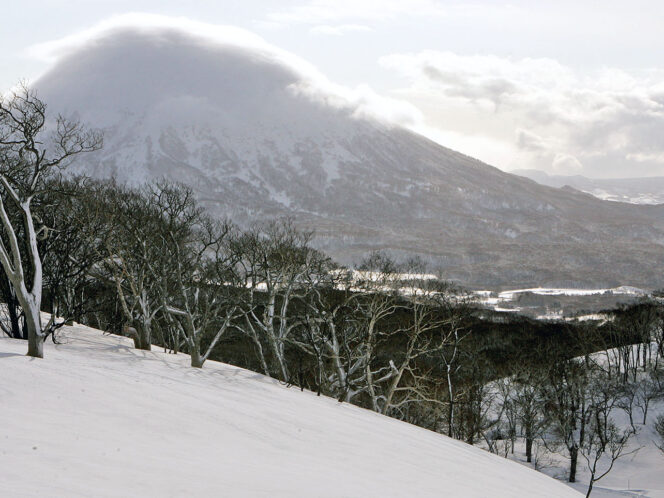
Getting on a tram on a Saturday morning in January with my skis, I feel the eyes of almost every passenger on me. I’m not bothered – several centimetres of snow fell overnight and I managed to rent the last set of cross-country skis which, along with the ski poles, I am holding tightly in my hand.
I get off at the bus stop for Bielański Forest in the north of Warsaw, the frost pleasantly prickling my face. I attach the long narrow skis to my boots and do a few warm-up exercises; everything seems to work alright. I can set off…
Poland doesn’t jump, Poland runs
In truth, cross-country skiing should be the Polish national winter sport instead of ski jumping. It is difficult for normal mortals to pop to a ski jump in a spare moment to imitate the exploits of Kamil Stoch, but anyone can








